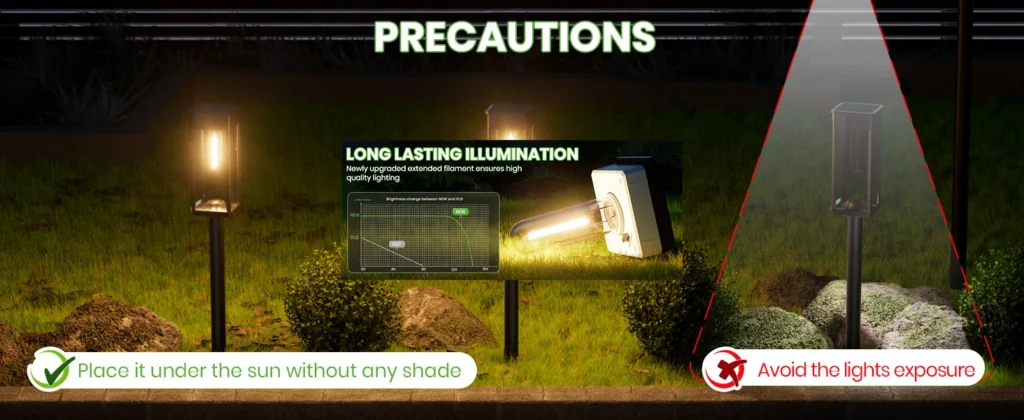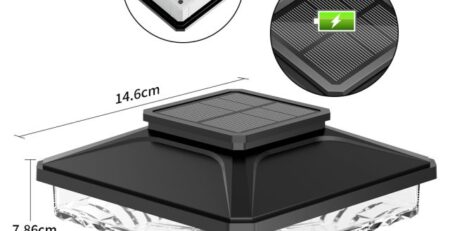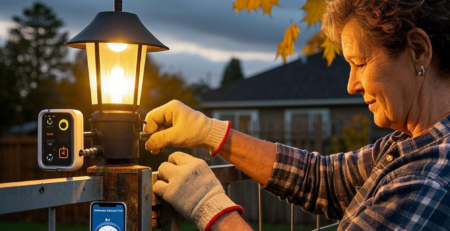Is a Home Solar System Worth the Savings?
Why Solar Is on Everyone’s Mind
More people are eyeing solar systems for their homes, drawn by the promise of slashing electricity bills and doing something good for the planet. But the big question lingers: does installing a photovoltaic system actually save you money? Let’s break it down, looking at how these systems work, what they cost, and whether the savings are real.

How Solar Power Works for Your Home
A photovoltaic system uses solar panels to convert sunlight into electricity. Here’s the gist:
- Panels capture sunlight and generate direct current (DC).
- An inverter converts DC to alternating current (AC) for home use.
- If connected to the grid, excess power can be fed back, often earning credits via net metering.
This setup means your home can rely on solar energy during the day, reducing dependence on utility companies. At night, you draw from the grid or a battery, if you have one.
Upfront Costs vs. Long-Term Gains
Installing a photovoltaic system isn’t cheap. Here’s what you’re looking at:
- Initial investment: A typical 5kW system costs $10,000–$20,000, depending on panel quality, installation, and location.
- Incentives: Tax credits, rebates, or local subsidies can cut costs by 20–30%. For example, the U.S. federal tax credit covers 30% of installation costs (as of 2025).
- Payback period: Most systems break even in 6–12 years, depending on electricity rates and sunlight.
Over 20–30 years, the savings can be substantial—potentially $20,000 or more—since solar panels often last decades with minimal maintenance.
Sunlight and Local Policies Matter
Your savings hinge on where you live. Consider these factors:
- Sunlight availability: Sunny regions like Arizona generate more power than cloudy ones like Seattle. A 5kW system in a sunny area might produce 7,000–9,000 kWh annually, compared to 4,000–6,000 kWh in less sunny spots.
- Local policies: Some regions offer generous net metering or feed-in tariffs, letting you sell excess power at a good rate. Others have restrictive rules, limiting savings.
- Installation variables: Roof angle, shading, and panel efficiency also play a role. A south-facing roof with no trees blocking sunlight is ideal.
Checking your area’s solar potential and policies is key to estimating real savings.
Rising Electricity Prices Shorten Payback
Electricity costs are climbing in many places—sometimes by 3–5% a year. This trend boosts the value of a photovoltaic system:

- Locked-in savings: Solar power shields you from rate hikes, as you generate your own electricity.
- Faster payback: Higher utility rates mean your system saves more each year, shortening the time to recoup your investment.
For example, if your utility charges $0.15 per kWh now and rises to $0.20 in five years, a solar system producing 6,000 kWh annually saves $900 now but $1,200 later.
Real-World Savings: A Family’s Experience
Let’s look at a typical household. A family in California with a $150 monthly electric bill installs a 5kW photovoltaic system:
- Annual production: ~7,000 kWh, covering 70–80% of their usage.
- Monthly savings: $80–$100, depending on net metering rates.
- Annual savings: ~$1,000, factoring in seasonal variations.
- Payback: With a $15,000 system (after tax credits), they break even in about 8 years.
This family’s experience shows solar can cut bills significantly, especially in high-cost electricity states.
Boosting Savings with Energy Storage
A battery storage system can maximize your solar savings by storing excess power for use at night or during outages. Here’s how it works:
- Increased self-consumption: Instead of selling excess power to the grid at a low rate, you store it for later, reducing grid reliance.
- Cost considerations: Batteries like Tesla’s Powerwall cost $7,000–$12,000, plus installation. This extends payback but adds resilience.
- Example: A household using 50% of their solar energy directly might boost that to 80% with a battery, saving an extra $200–$300 annually.
Batteries make sense if your utility’s net metering rates are low or if you value energy independence.
Is Solar Worth It?
A photovoltaic system can absolutely lower your electricity bills over time, but the economics depend on a few factors:
- Geography: More sunlight means more savings.
- Usage patterns: High daytime consumption maximizes solar benefits.
- Policies: Generous incentives and net metering boost returns.
For most households, solar is a smart long-term investment, especially as electricity prices rise. However, it’s not a quick fix—upfront costs are real, and payback takes years. If you’re planning to stay in your home for a decade or more, a photovoltaic system is likely a money-saver. Check local solar incentives and get quotes to see if it fits your budget and goals.










-5-450x231.jpg)
Leave a Reply